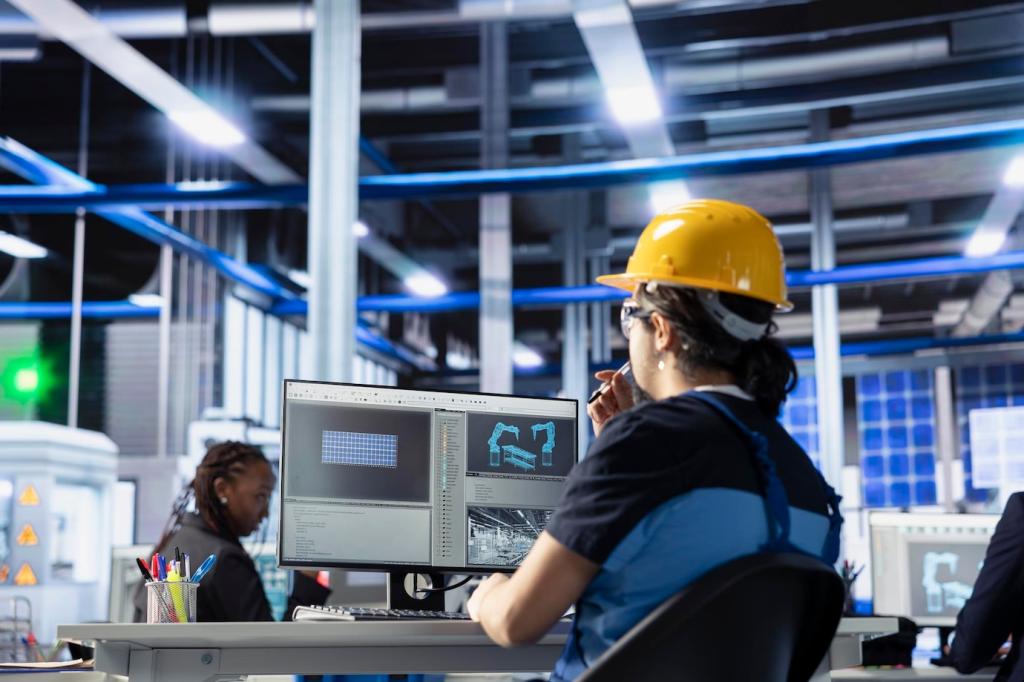The Real Benefits of Smart Thermostats in Energy Conservation
How Smart Thermostats Actually Save Energy
Smart thermostats observe patterns—when you wake, leave, and return—then adjust heating and cooling automatically. This reduces wasteful runtime during empty hours, often cutting heating and cooling energy by about 10 to 15 percent while preserving everyday comfort.
Using your phone’s location, geofencing eases temperatures when everyone leaves and restores comfort as you head home. It feels effortless: energy is conserved during the day, comfort greets you at the door, and wasted minutes of full-power conditioning disappear.
By factoring in local weather and real-time occupancy, smart thermostats avoid over-conditioning. Gentle preheating or precooling anticipates changes rather than chasing them, smoothing energy demand and reducing peak spikes that cost more and strain your HVAC system unnecessarily.

The Turner Family’s Winter
After installing a smart thermostat in November, the Turners let it fine-tune nighttime setbacks and weekday schedules. By February, their gas usage dropped noticeably, yet mornings felt warmer. Their biggest surprise: comfort improved even as their monthly bill went down.
Seasonal Savings That Compound
In summer, automated setbacks trim cooling when the house is empty, then pre-cool before arrival. In winter, gentle overnight setbacks reduce furnace runtime. Over a year, incremental reductions across seasons add up to substantial conservation without demanding constant attention.
Share Your Baseline and Wins
Start with last year’s bills as a baseline, then compare three months after installation. Share your percentage change in the comments, including climate and home type, so readers can learn what works across different regions and HVAC systems.



Many systems have multiple stages or auxiliary heat. Smart thermostats delay energy-hungry stages until necessary, favoring efficient modes first. Heat pumps especially benefit, as the thermostat balances auxiliary heat with smart timing to conserve energy while retaining stable comfort.


If your utility offers time-of-use pricing, the thermostat can shift conditioning away from expensive hours. Preconditioning before peaks maintains comfort through high-rate periods, cutting costs and conserving energy when the grid is most stressed and emissions usually run higher.

Enroll in voluntary utility programs and your thermostat will make small, temporary adjustments during grid events. Most people barely notice, yet the collective impact reduces strain and encourages cleaner generation. You save, the grid stabilizes, and everyone breathes easier.

Before extreme temperatures, your thermostat can gradually build comfort buffers. This reduces short, frantic bursts during peak hours, flattening your home’s energy curve. Tell us if you’ve tried this approach and whether your comfort held steady through the toughest days.
Smart thermostats summarize run times, setpoint changes, and savings. Seeing progress makes conservation tangible. Many users learn which small adjustments matter most, then keep what works. Share your favorite insights so others can skip guesswork and start saving faster.
Turning Insights Into Daily Habits
A one-degree change can make a visible difference on your bill. Eco modes suggest modest setpoints that balance comfort and conservation. Try them for a week and report back—did anyone notice, or did comfort stay perfectly fine while energy use dipped?
Turning Insights Into Daily Habits
Privacy, Control, and Confident Adoption
Review what data your thermostat collects and why. Most features work with minimal sharing, and you can refine permissions. Clear settings empower households to benefit from energy-saving features comfortably, removing barriers that might otherwise delay meaningful conservation gains.
